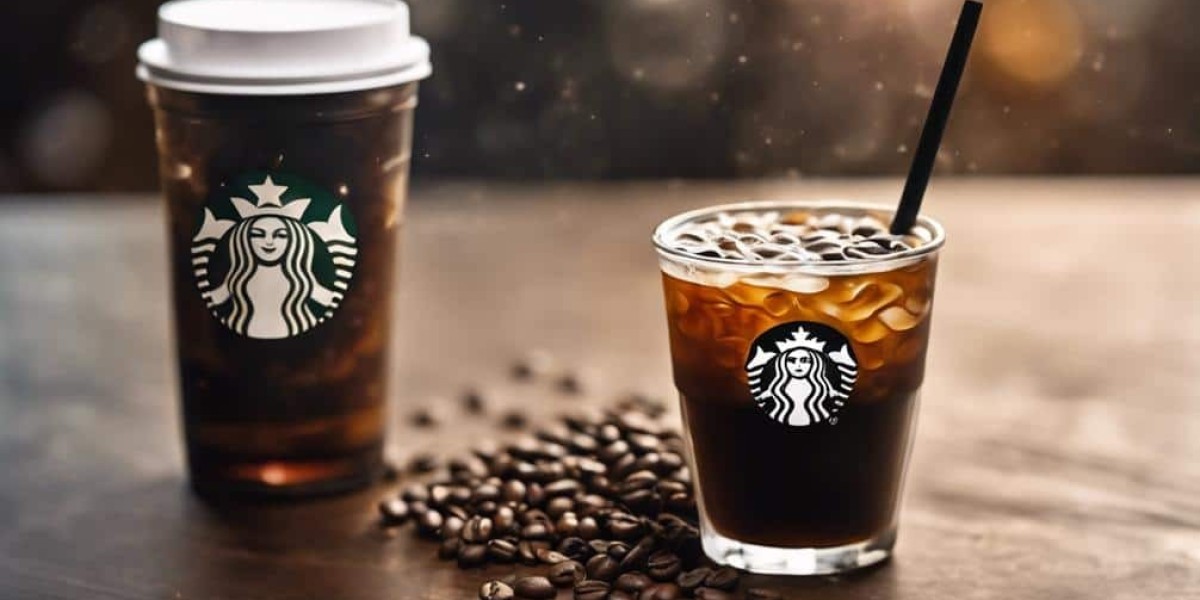In this guide, we’ll dive deep into how to identify authentic beans, what really defines the flavor of premium coffee, and how to avoid common pitfalls when shopping for your next bag.
In the world of top-tier beans, few compare to Hawaiian Kona Coffee. Grown only in a narrow volcanic belt on the Big Island of Hawaiʻi, this extraordinary coffee benefits from unique soil, elevation and climate conditions that give it a smooth, bright and lightly sweet character. The term “Hawaiian Kona Coffee” has become synonymous with quality, but because of demand and limited supply there are a lot of imposters out there. In this post we’ll help you spot the real deal, appreciate the flavor, and make smart choices when buying.
What Makes It Special
The reason Hawaiian Kona Coffee stands out starts with its origin. The beans are cultivated on the slopes of Mauna Loa and Hualālai volcanoes on the Kona district, where the interplay of rich volcanic soil, steady sunlight in the morning, afternoon showers and consistently mild temperatures create ideal growing conditions. The result: a bean that is flavorful yet not over-fermented, bright but not sharp.
Moreover, genuine Hawaiian Kona Coffee is rare. It makes up only about one percent of the world’s entire coffee supply, thanks to the limited acreage and small-scale cultivation. Buddha’s Sanctuary LLC Combine that scarcity with labor‐intensive harvesting (most beans are hand-picked at optimum ripeness) and strict growing conditions, and you get a brew that commands a premium—and rightly so.
How to Recognize Authentic Hawaiian Kona Coffee
Because of its prestige, many coffees are marketed as Kona when they’re really blends or only partly Kona origin. Here are key labeling terms to understand:
100% Kona Coffee is the most trustworthy label. It means all the beans in the bag originate from the Kona district.
Estate-Grown or Single-Origin Single-Sourced”: These terms further signal that the beans were grown, harvested and roasted on the same Kona estate giving consistent quality and true origin.
Be wary of terms like Kona Blend, Kona Roast, or Kona Style. These often include a small percentage of Kona beans (sometimes as little as 10%) mixed with cheaper beans from elsewhere. The flavor difference is real—and stark.
Finally, ensure the location: only beans grown in the Kona district of the Big Island of Hawaiʻi qualify for the label. Beans grown elsewhere in Hawaiʻi (such as on Maui or Kauaʻi) may be excellent, but they shouldn’t be labeled Kona if they aren’t from that specific region.
When you’re browsing coffee selections, checking for these markers can help you feel confident you’re getting the genuine article rather than a diluted alternative.
Why the Higher Price Tag?
The premium price of Hawaiian Kona Coffee is not just about marketing. Several tangible factors drive the cost:
Limited land: The suitable coffee growing region in the Kona district is quite small. It's a narrow band of land along those volcano slopes. Buddha’s Sanctuary LLC
Low yield: Even within that area, harvesting is labor-intensive—hand-picking only the ripe cherries is time‐consuming yet necessary to achieve the flavor profile. Buddha’s Sanctuary LLC
Pests and climate risks: For instance, infestation by the coffee cherry borer is a real threat in Kona fields, which adds risk and labor to the process. Buddha’s Sanctuary LLC
High grading standards: The top Kona beans are graded by the Hawaii Department of Agriculture for size, shape and moisture. Only the best grades (for example “Extra Fancy”) earn full recognition. Buddha’s Sanctuary LLC
Global rarity: Since Kona coffee comprises about one percent of the world’s supply, the rarity itself adds to its value. Buddha’s Sanctuary LLC
All of this means that when you buy genuine Hawaiian Kona Coffee, you’re paying for more than just beans—they’re paying for the terroir, the time, the hands-on craft, the risk and the origin.
Tips for Buying & Enjoying
Here are some practical guidelines so you make the most of your purchase:
Check the roast date: Like wine, coffee is best when relatively fresh. For full flavor, aim to brew soon after roast and use within a few weeks.
Keep it sealed: Use an airtight bag and store in a cool, dry place away from light. Avoid the freezer unless you’ll stay consistent in how you thaw and use the beans.
Grind just before brewing: With quality beans like Kona, pre-ground coffee can quickly lose aroma and nuance. Grinding right before brewing maximizes flavor.
Select your brew method to highlight the beans: Kona beans shine in methods that bring out their smoothness and clarity—e.g., drip, pour-over, or a light French press rather than heavy espresso or dark roast.
Experiment with small samples: Because genuine Kona is costly, buy a small bag first. Evaluate flavor, aroma, balance and whether it lives up to your expectations.
Be realistic about blends: If you buy a “Kona blend,” accept that you’re getting a portion of Kona character—but not the full premium experience. Contrast it with a “100% Kona” to see if the difference matters for you.
The Final Verdict
If you’re looking for a special coffee experience and are willing to invest a bit more, genuine Hawaiian Kona Coffee is hard to beat. Its unique origin, rigorous standards and distinctive flavor profile set it apart. By checking for proper labeling—“100% Kona,” “Estate‐Grown,” “Single Origin”—and by treating your beans with care at home, you’ll be giving yourself an authentic Kona encounter in every cup.



